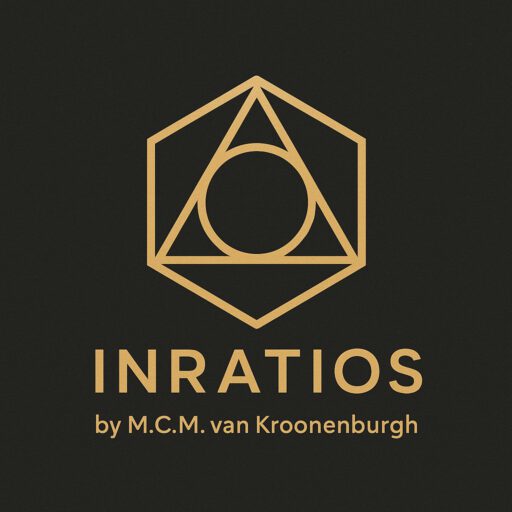Ratio as Signature
How GRM reveals the identity of shapes through fixed proportions
We often treat shapes like visual categories.
A triangle is a triangle. A sphere is a sphere.
But in the digital world, names don’t mean much.
What matters is structure. And structure can be measured.
That’s where the Geometric Ratio Model (GRM) offers something unique:
It doesn’t recognize shapes by what they look like,
but by how they relate to a container, and the ratio they produce when measured.
In GRM, every shape has a signature.
A precise, dimensionless proportion that tells you what the shape is—
not based on assumption, but on measurable logic.
Geometry meets identity
Take a circle inscribed in a square.
If it’s truly touching all four sides, its perimeter will always be exactly 0.7854 SPU.
Its area? The same ratio, 0.7854 SAU.
A sphere inside a cube?
0.5236 SVU. No rounding. No floating-point error. Just structure.
A regular hexagon?
0.9014 SAU.
An equilateral triangle?
0.4330 SAU.
Each shape becomes recognizable not by name,
but by proportion, its geometric fingerprint.
It’s not called a circle.
It behaves like one. And that behavior is measurable.
This changes recognition
In classical geometry, we describe a shape and then apply a formula.
In AI, we classify shapes using trained models and image patterns.
But both rely on external interpretation.
GRM flips the script.
It doesn’t ask what the shape is,
it measures whether it fits a fixed proportional signature.
Like checking a voice against a known tone.
This has deep consequences for AI, design, and diagnostics:
- In AI: a shape with 0.901 ± 0.002 SAU is very likely a hexagon.
- In design software: a part with 0.433 SAU might auto-snap to a triangle module.
- In medical imaging: if a region falls outside the expected volume ratio, it may indicate a deformation.
It’s not about seeing.
It’s about matching proportions.
From fuzzy labels to firm ratios
Modern AI often uses probabilistic labeling:
“This looks 92% like a circle.”
But that’s a guess.
GRM uses structural classification:
“This shape measures 0.7852 SAU.
Deviation: 0.0002 from perfect circle.
Confidence: 98%. Classification: circle.”
No datasets. No training bias.
Just ratio-based logic.
And this also allows for tolerance modeling:
A shape that falls just outside the “perfect” band can still be classified,
as minor deviation, elliptical, or non-conforming, all based on where its ratio lands.
It’s not about perfection.
It’s about belonging to a proportion class.
Why this matters
In an age where machines interpret everything,
from traffic signs to organs to architectural plans,
we need structure that machines can trust.
That’s what GRM offers.
Not vague interpretation, but measurable identity.
A system where a shape is not a label, but a signature.
Where AI doesn’t guess,
it listens to what the ratios are telling it.
Looking ahead: What if it almost fits?
But what happens when a shape doesn’t quite match?
What if it’s nearly a circle, but not quite?
How do we handle imperfection—noise, distortion, compression?
That’s the next frontier: tolerance.
Up next: “The Circle That Wasn’t” – How GRM handles deviation and why that matters for AI.

